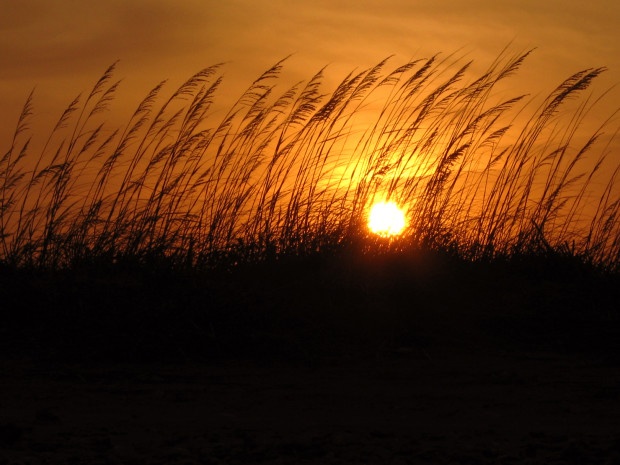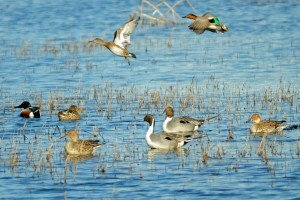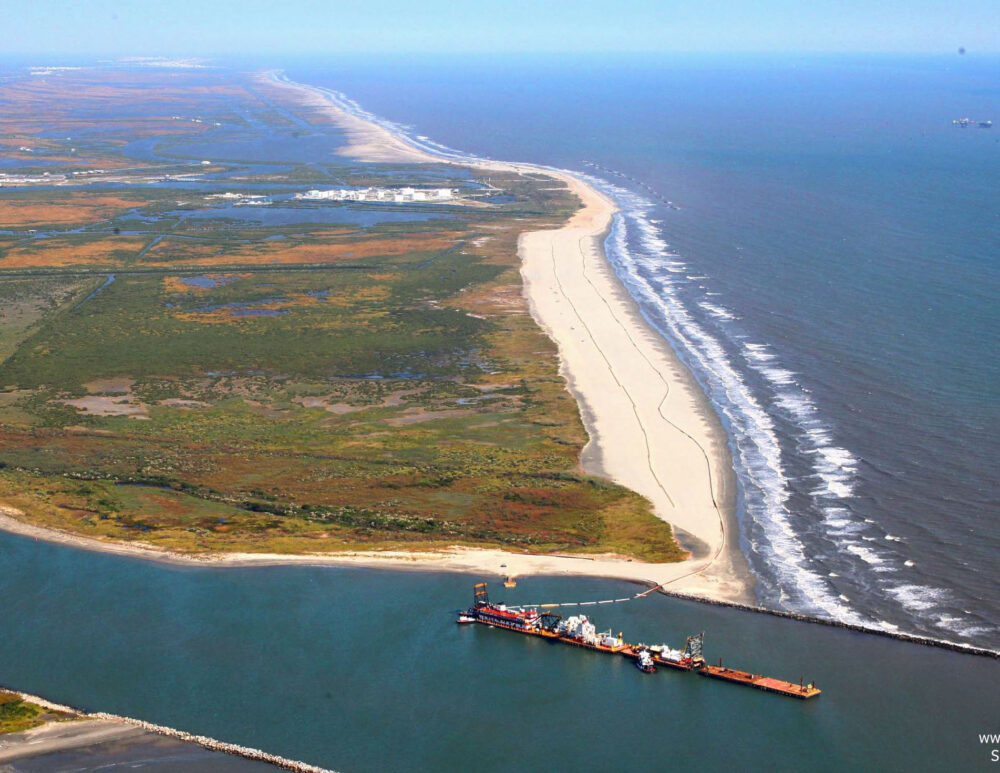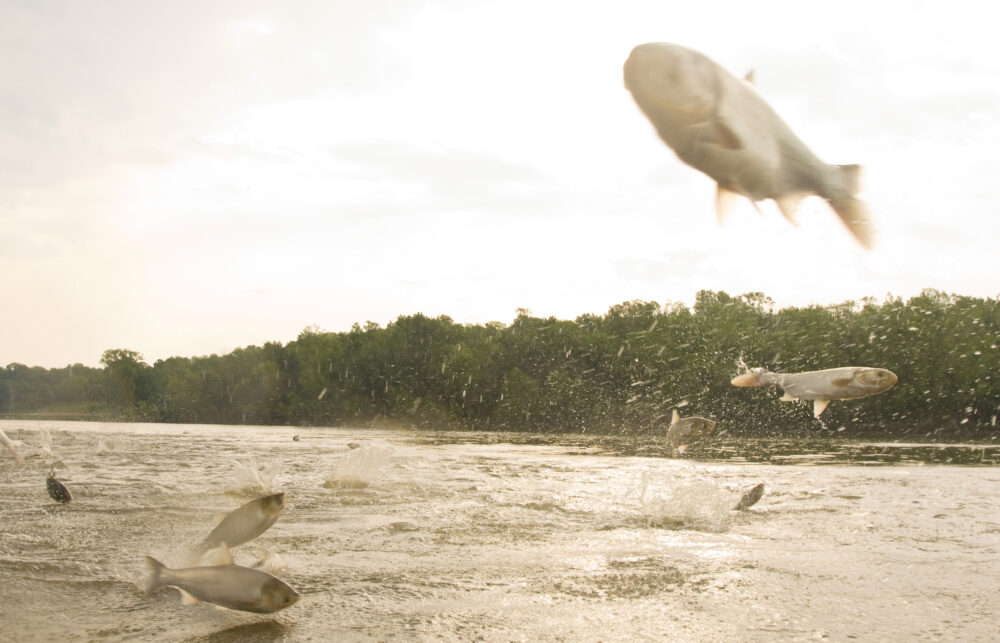We have much more to do and your continued support is needed now more than ever.
How Grasslands Affect Climate Change
Watching President Obama roll up his sleeves, mop his brow, and get serious about climate change, I was heartened to have read that one of the specifics will involve grasses.

Those swaths of grass are also where most of the country’s ducks and many birds nest, especially where there are water sources like “prairie potholes” nearby.
Tackling Cimate Change and Restoring the Landscape

Certainly towering but far-off tropical forests have a key role in storing carbon, but I am glad Obama also sees the need to save our deep-rooted grasslands here at home. About 40% of America used to be grasslands. But now almost all of the wetter, tallgrass prairies have been plowed under to grow crops. We have less than 3% of the tallgrass prairies that used to be cover most of Illinois, Iowa and the eastern parts of the Dakotas and NE.
I don’t mean to be one of those of people who always see the downside in any situation, but as happy as I am with the inclusion of grasslands in Obama’s plan, I must point out that some Obama administration’s policies, at least to date, haven’t been helpful in protecting grasslands. So as we roll up our sleeves and get serious about climate change, I humbly suggest that we’ll also need to look a bit in the mirror.
Because the truth is that since 2007 we have lost more than 20 million of acres of native and planted grasslands—an area the size of Indiana—through the conversion of grasslands to grow crops. These are the highest rates of grassland plowing since the Dust Bowl. To protect grasslands, we need to acknowledge that we’re losing them at historic rates, and then look to—yes, the root causes—of why we’re losing so many so fast.
From Grasses to Crops
So what is driving farmers to convert grasslands to croplands? There is no single cause, but there are a handful of main ones. Many think that the Renewable Fuel Standard (“RFS”), which is consuming about 40% of the corn crop and is pushing up crop prices, is a main driver of grassland conversion.

Farmers who do want to conserve their grasslands are undercut by a lack of funding for Farm Bill conservation programs, particularly easements for grassland areas and recent deep cuts to the Conservation Reserve Program (CRP).
And lastly, the EPA has not been ensuring that corn used to make ethanol wasn’t grown on converted native prairie—which the RFS prohibits.
I’d love it if one of Obama’s legacies is the protection and even restoration of millions of acres of grasslands. In a few doable steps, he certainly can make a meaningful, even historic contribution to protecting the grasslands, and help us reduce climate pollution 17% from 2005 levels.
The USDA can also put needed resources behind working with private landowners and the Fish and Wildlife Service to conserve remaining grasslands.
And for its part, the EPA can enforce the RFS’ prohibition against growing biofuel crops on lands that hadn’t yet been converted to agriculture by 2007, as the law requires.
Obama rightly praised America ingenuity in reducing our emissions and the threat of climate change. Once America is committed to doing so, protecting our grasslands should be no sweat.
![]() Speak up for migratory birds and other wildlife—tell President Obama you reductions in carbon pollution today>>
Speak up for migratory birds and other wildlife—tell President Obama you reductions in carbon pollution today>>




















